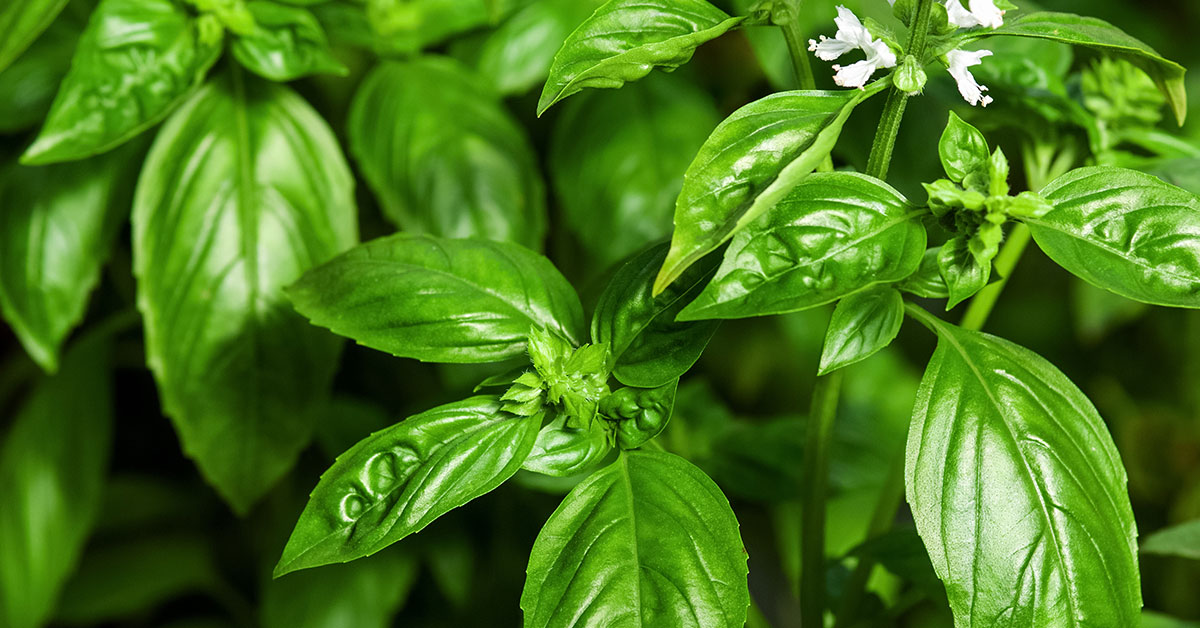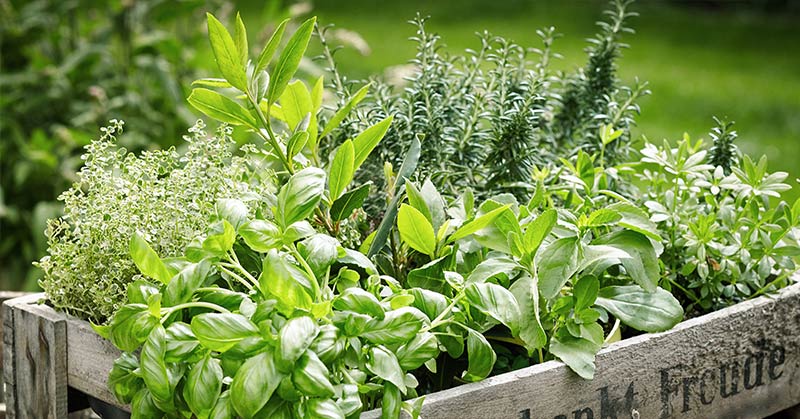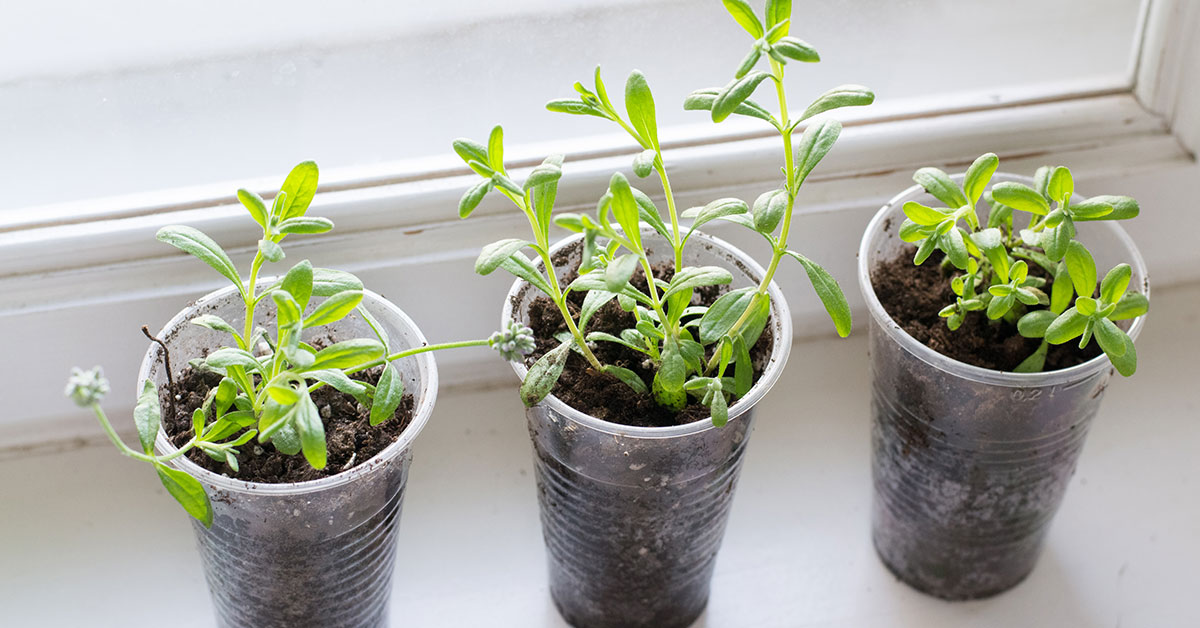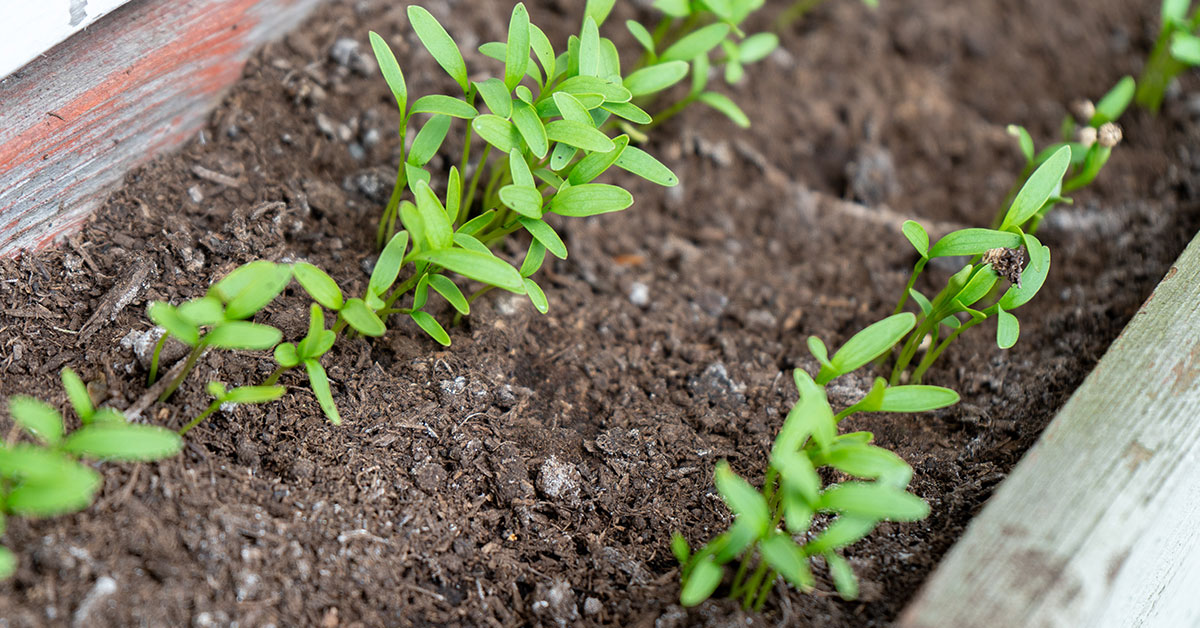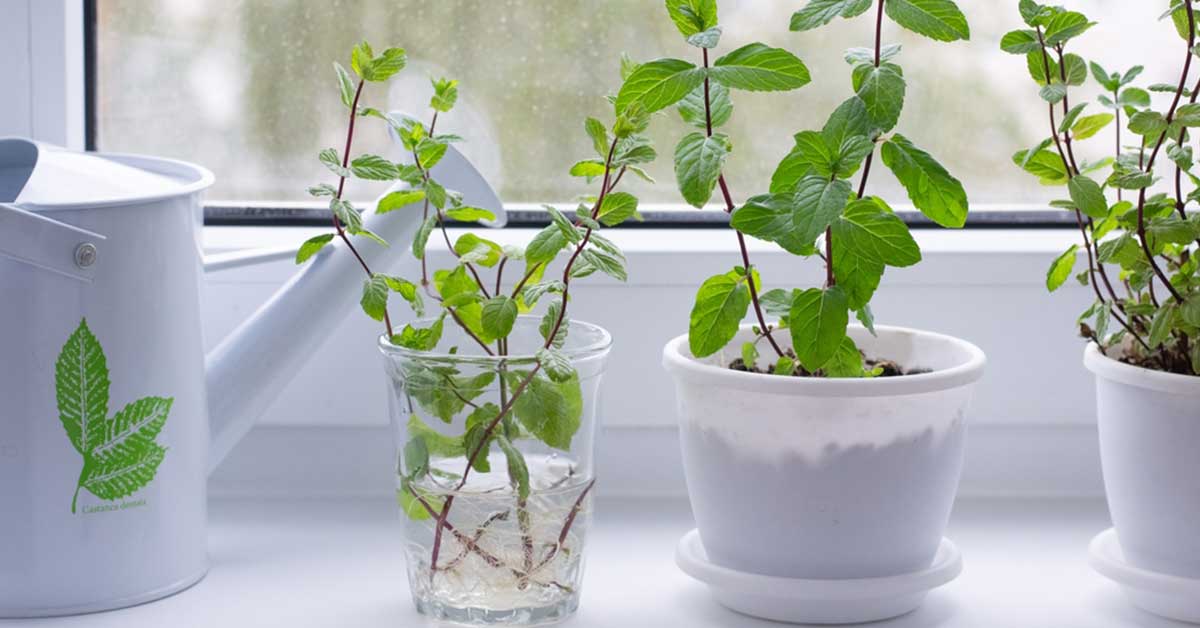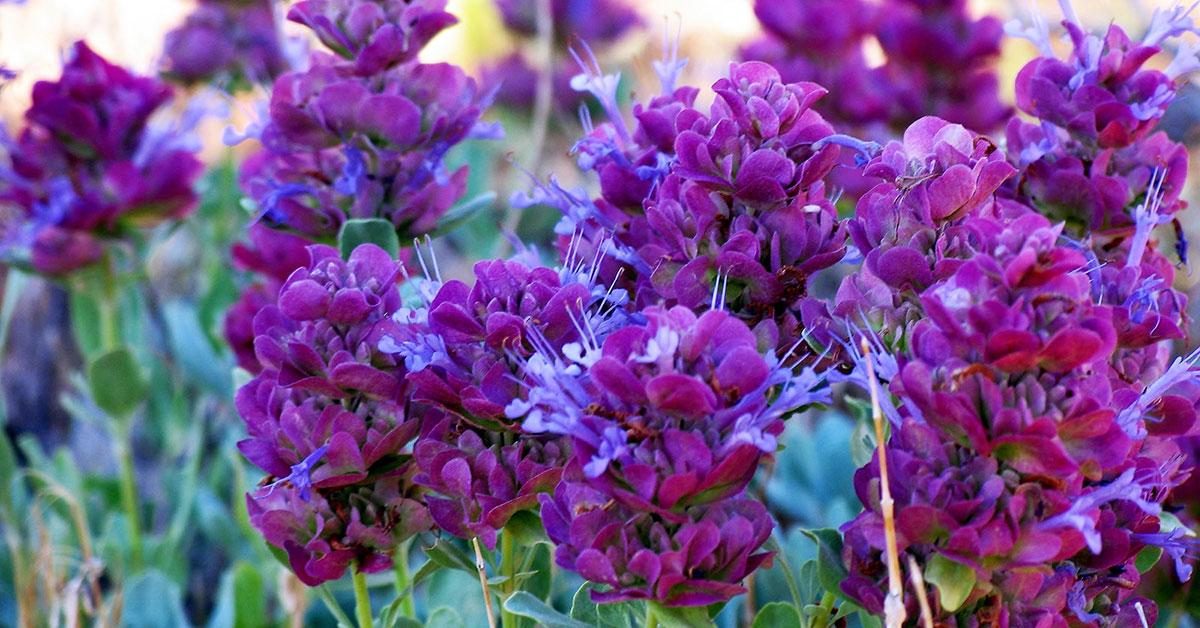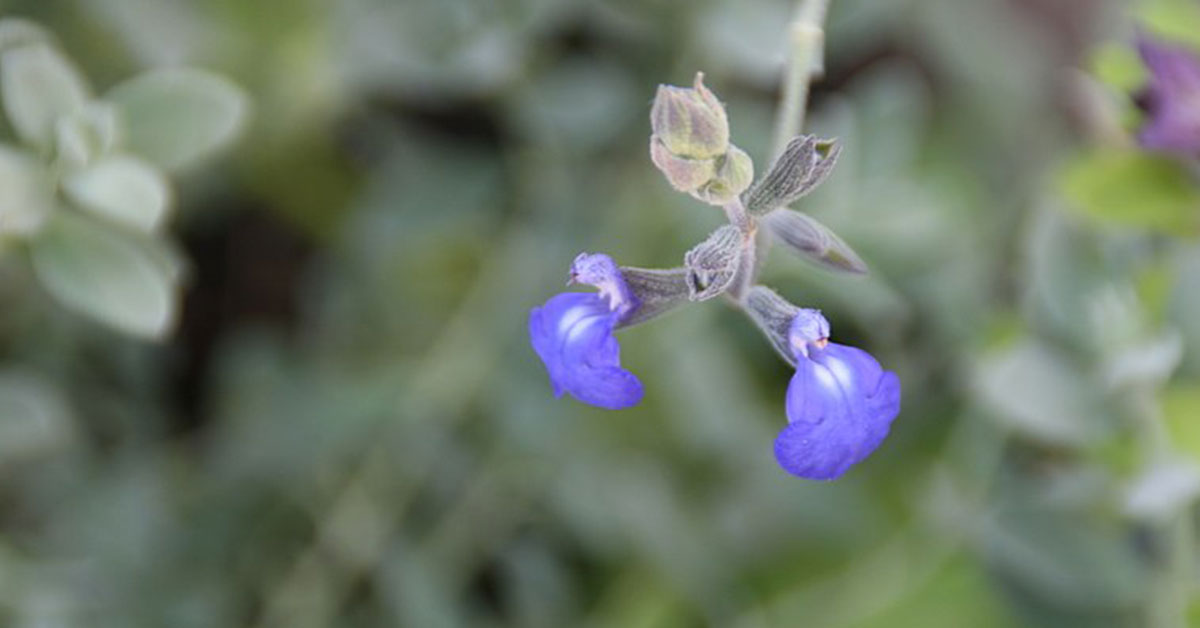Sweet basil is a versatile and fragrant herb that has been used in cooking for centuries. With its distinctive aroma and flavor, it has become a staple in many cuisines around the world. From Italian pasta dishes to Thai curries, this herb is a key ingredient that adds depth and complexity to a variety of dishes. But sweet basil isn’t just delicious – it also has a number of health benefits, making it a valuable addition to any diet. In this blog, we’ll explore the history and culinary uses of sweet basil, as well as its many health benefits.
What is Sweet basil?
Sweet basil, also known as Ocimum basilicum, is a popular herb that belongs to the mint family. It is widely used in various cuisines and is known for its unique aroma and flavor. Sweet basil is native to India, but it is now grown in many parts of the world, including Europe, Africa, and the Americas.
This herb is an annual plant that grows up to 1 meter in height. It has green leaves that are oval-shaped and pointed at the tips. Sweet basil produces white or purple flowers that bloom in the summer. The leaves of sweet basil are commonly used in cooking, but the flowers and seeds can also be used in some recipes.
Sweet basil has a distinct sweet and slightly peppery taste, which makes it a popular herb used in Italian, Thai, and Mediterranean cuisines. It is a versatile herb that can be used fresh, dried, or even frozen. The fresh leaves of sweet basil are commonly used in salads, sandwiches, and sauces, while the dried leaves are used in soups, stews, and marinades. Overall, sweet basil is an essential herb that adds flavor, aroma, and nutritional value to many dishes.
What makes Sweet basil different from other varieties?
Sweet basil, also known as Genovese basil, is one of the most commonly used varieties of basil in cooking. What sets it apart from other varieties is its unique flavor profile and aroma. Unlike other types of basil, it has a distinct anise or licorice-like flavor that adds a depth of flavor to dishes.
This herb also has a higher concentration of essential oils, which gives it a strong and vibrant aroma. This is why it is often used in recipes that require the use of fresh herbs, such as pesto, tomato sauce, and salads.
While this herb is commonly used in Italian cuisine, it is also a popular herb in Thai and Vietnamese cooking. In these cuisines, it is used to add a fresh and aromatic flavor to soups, curries, and stir-fries.
In addition to its culinary uses, sweet basil has also been used for medicinal purposes for centuries. It is believed to have antibacterial, anti-inflammatory, and antioxidant properties, which make it useful in treating a variety of ailments.
Overall, what makes it different from other varieties is its unique flavor, strong aroma, and versatility in the kitchen. Whether you are cooking up a classic Italian dish or experimenting with new flavors in your cooking, it’s a must-have ingredient.
How to grow Sweet basil
Sweet basil is a versatile herb that can be used in a variety of dishes from Italian to Thai cuisine. Growing your own plant at home is a great way to ensure that you always have fresh, flavorful herbs on hand. Here are some tips on how to grow sweet basil:
- Choose the right location: Basil prefers warm, sunny locations with well-drained soil. Choose a spot in your garden or on your balcony that gets at least 6 hours of sunlight a day.
- Prepare the soil: Sweet basil prefers soil that is fertile and well-drained. If your soil is heavy, mix in compost or sand to improve drainage. You can also add a slow-release fertilizer to the soil to provide nutrients for the basil.
- Sow the seeds: Basil can be grown from seed or from seedlings. If you are planting from seed, sow the seeds directly into the soil in the spring or early summer. Space the seeds about 1 inch apart and cover them with a thin layer of soil.
- Water regularly: It requires consistent moisture to grow well. Water the plants regularly, making sure to keep the soil evenly moist but not waterlogged. Avoid getting water on the leaves as this can lead to fungal diseases.
- Harvest the basil: Once your basil plants are about 6 inches tall, you can start harvesting the leaves. Pinch off the leaves at the stem to encourage the plant to bush out and produce more leaves. Be sure to harvest the leaves regularly to keep the plant from going to seed.
Growing sweet basil is easy and rewarding. With a little care and attention, you can have fresh, flavorful herbs at your fingertips all season long.
Growing tips
- Soil: Basil thrives in well-draining soil with a pH between 6.0 and 7.5. If your soil is heavy or clay-like, consider adding organic matter such as compost or aged manure to improve drainage.
- Sunlight: Sweet basil loves sunlight and needs at least 6-8 hours of direct sun per day. If you’re growing it indoors, make sure it’s in a sunny spot by a window.
- Watering: Water your basil regularly, keeping the soil moist but not waterlogged. Avoid getting water on the leaves, as this can lead to fungal diseases.
- Fertilizer: It is a heavy feeder and benefits from regular fertilization. Use a balanced fertilizer every 4-6 weeks, or feed with a liquid fertilizer every 2-3 weeks.
- Pruning: Pinch back the tips of your basil plants regularly to encourage bushy growth. You can also harvest the leaves regularly to promote new growth.
- Pests and Diseases: Sweet basil is susceptible to a range of pests and diseases, including aphids, spider mites, and fungal diseases. Keep an eye out for any signs of trouble, and treat promptly with insecticidal soap or fungicide if needed.
By following these tips, you can help ensure a healthy, thriving sweet basil plant that will provide you with fresh, delicious leaves all season long.
Common problems
Sweet basil is a popular herb that is commonly grown in many home gardens. It has a sweet and slightly peppery taste that is perfect for seasoning a variety of dishes. However, like any plant, sweet basil can be prone to certain problems that can affect its growth and overall health. In this blog section, we will discuss some of the common problems that you may encounter when growing this herb and how to address them.
Pests
One of the most common problems that gardeners face when growing sweet basil is pests. These can include aphids, spider mites, and whiteflies, which can all cause damage to the leaves and stems of the plant. To prevent these pests from infesting your sweet basil, it is important to keep the area around the plant clean and free of debris. You can also use natural insecticides or plant-based repellents to deter pests from the plant.
Fungal diseases
Another issue that you may encounter when growing sweet basil is fungal diseases. These can include powdery mildew, downy mildew, and root rot, which can all be caused by poor soil drainage or overwatering. To prevent these diseases from affecting your sweet basil, be sure to water the plant only when the soil is dry to the touch. You can also use a fungicide to treat any existing fungal infections.
Sunburn
Sweet basil requires plenty of sunlight to grow properly, but too much sun can also cause sunburn on the leaves of the plant. This can result in the leaves turning yellow or brown and falling off prematurely. To prevent sunburn on your plant, make sure that it is not exposed to direct sunlight for more than six hours per day. You can also provide some shade to the plant during the hottest part of the day.
By being aware of these common problems and taking steps to prevent them, you can ensure that your sweet basil plants stay healthy and produce a bountiful harvest for you to enjoy.
Uses
Sweet basil is a popular herb that is often used in cooking and for medicinal purposes. It has a sweet and slightly peppery flavor that can add depth to a variety of dishes. Here are some of the most common uses for this herb:
- Culinary uses: Basil is a staple ingredient in Italian cuisine, especially in pesto sauce. It can also be used to flavor soups, stews, and sauces. Sweet basil can be added to salads, sandwiches, and pizzas for an extra burst of flavor.
- Medicinal uses: Basil has been used for its medicinal properties for centuries. It is believed to have anti-inflammatory, antiviral, and antibacterial properties. Sweet basil can be used to treat headaches, coughs, and digestive issues. It can also be used topically to treat skin conditions like acne and eczema.
- Aromatherapy: Basil essential oil is commonly used in aromatherapy to promote relaxation and relieve stress. It can be diffused in a room or added to a bath to create a calming atmosphere.
- Insect repellent: This herb contains compounds that are effective at repelling insects like mosquitoes and flies. It can be planted in a garden or used in a natural insect repellent spray.
In conclusion, sweet basil is a versatile herb that can be used in a variety of ways. Whether you’re using it in cooking, for its medicinal properties, or to create a relaxing atmosphere, It’s a must-have herb in any home.
